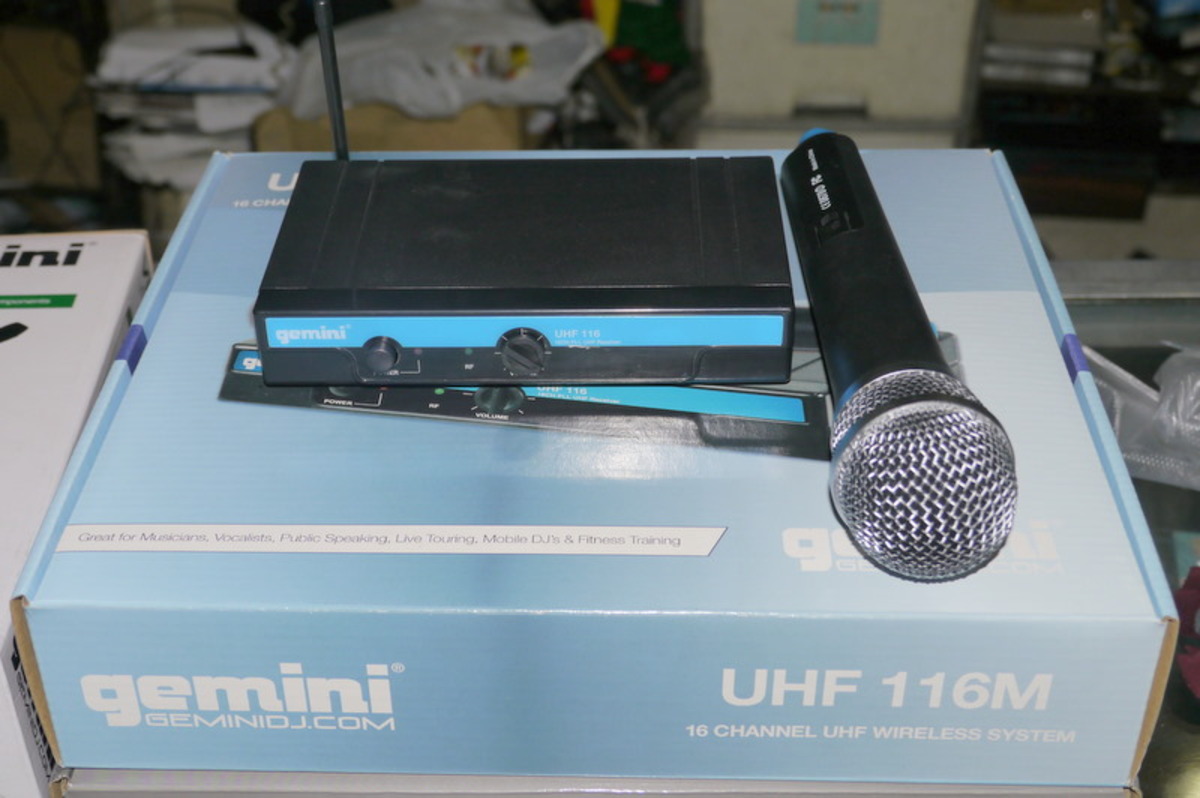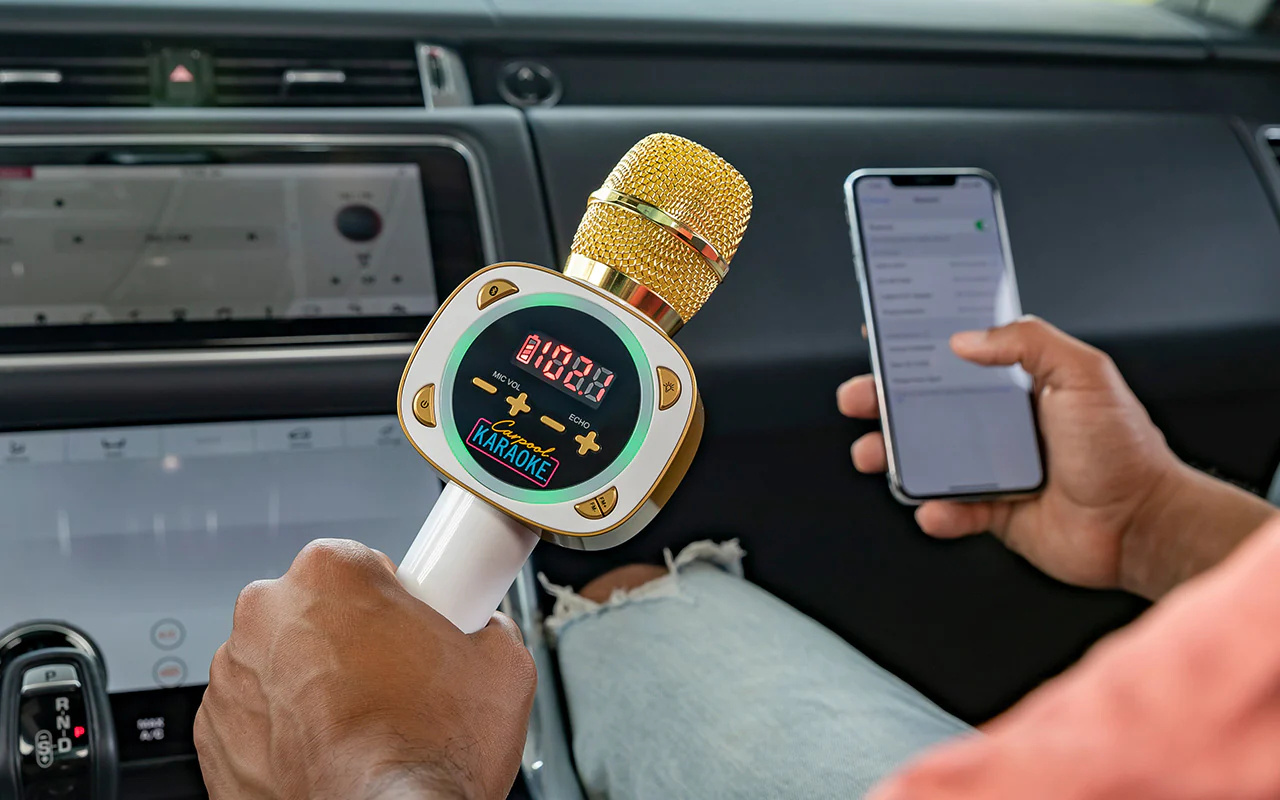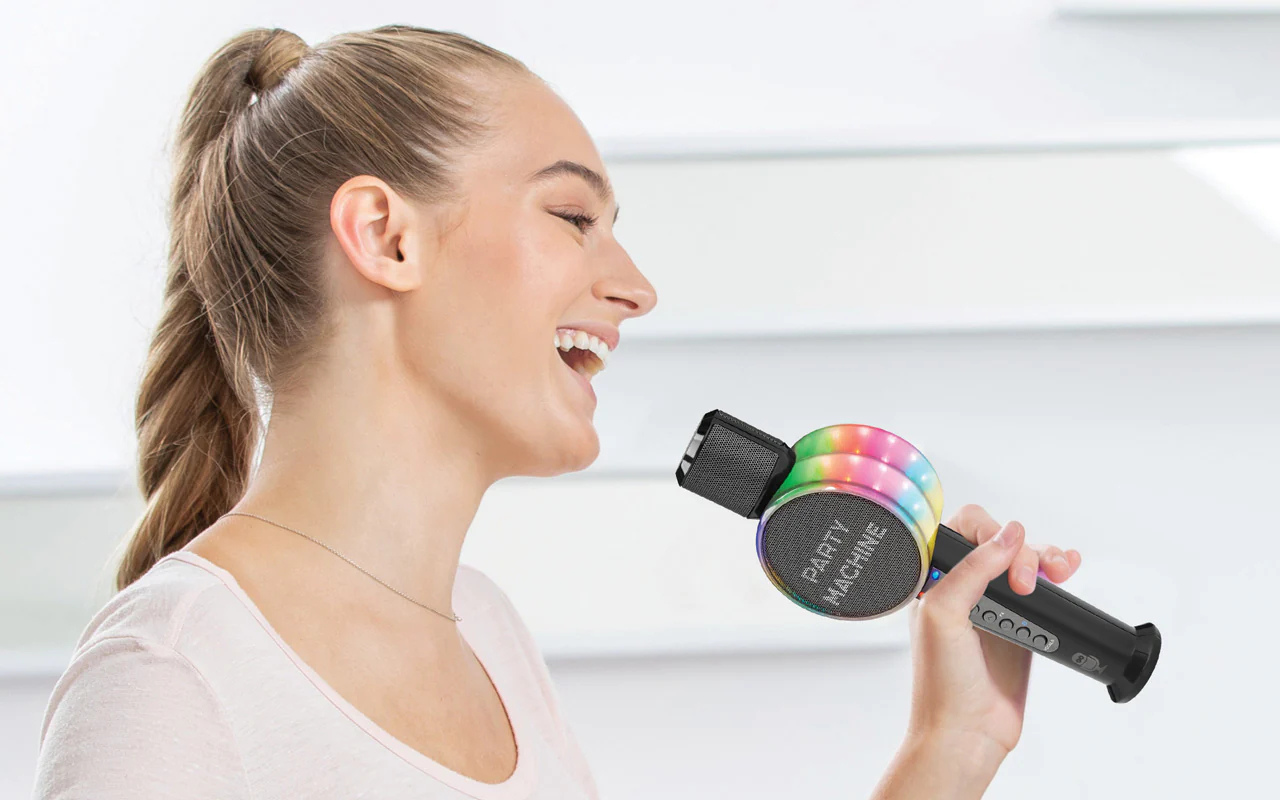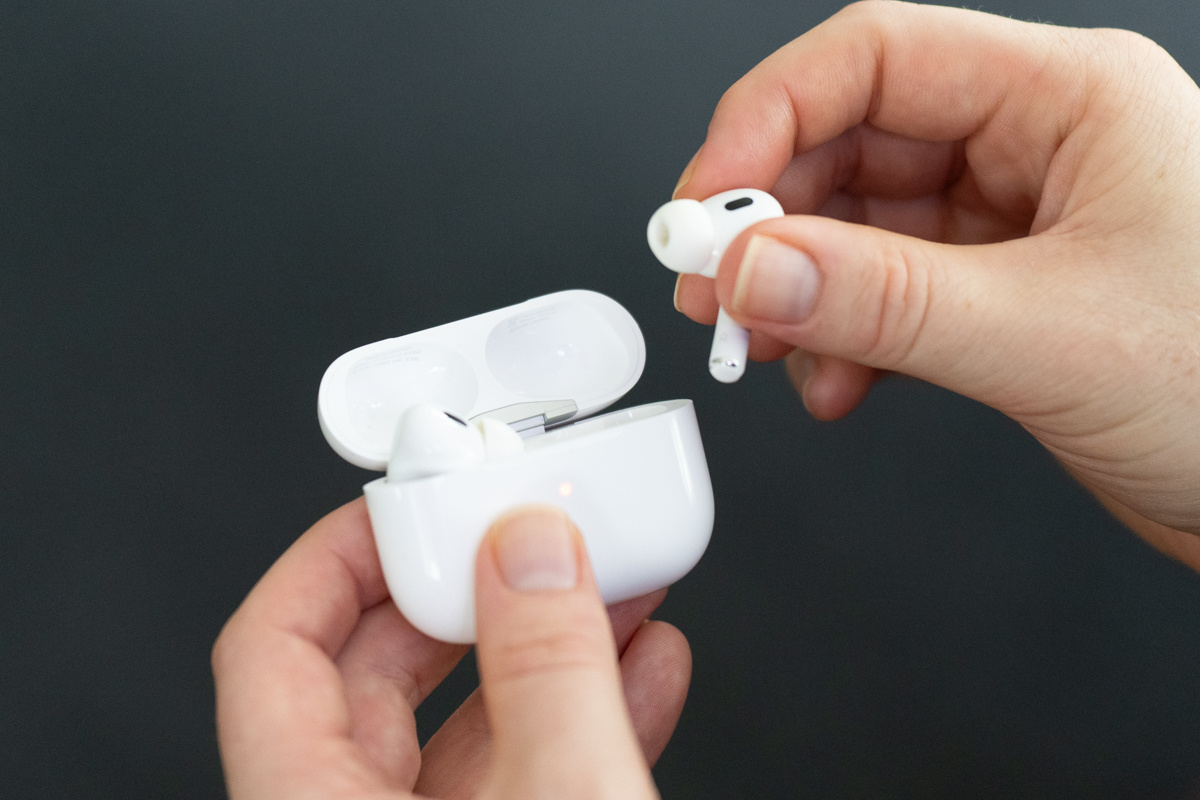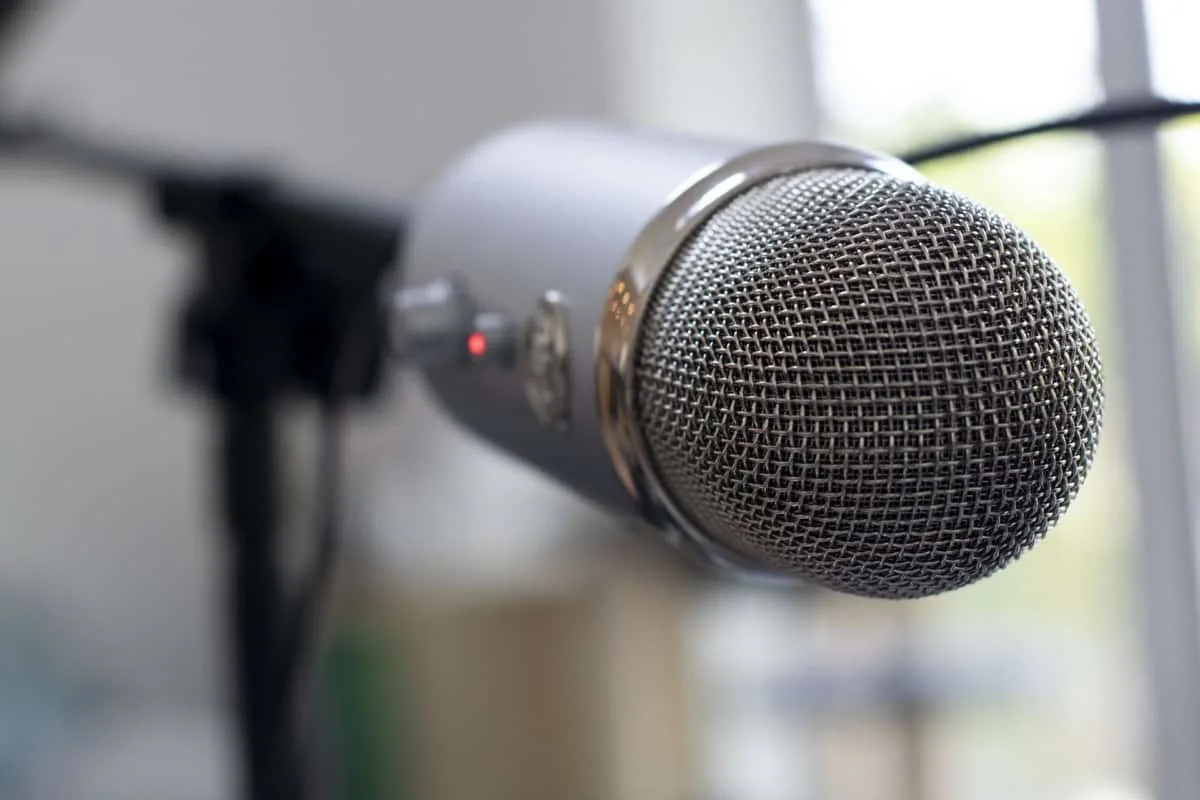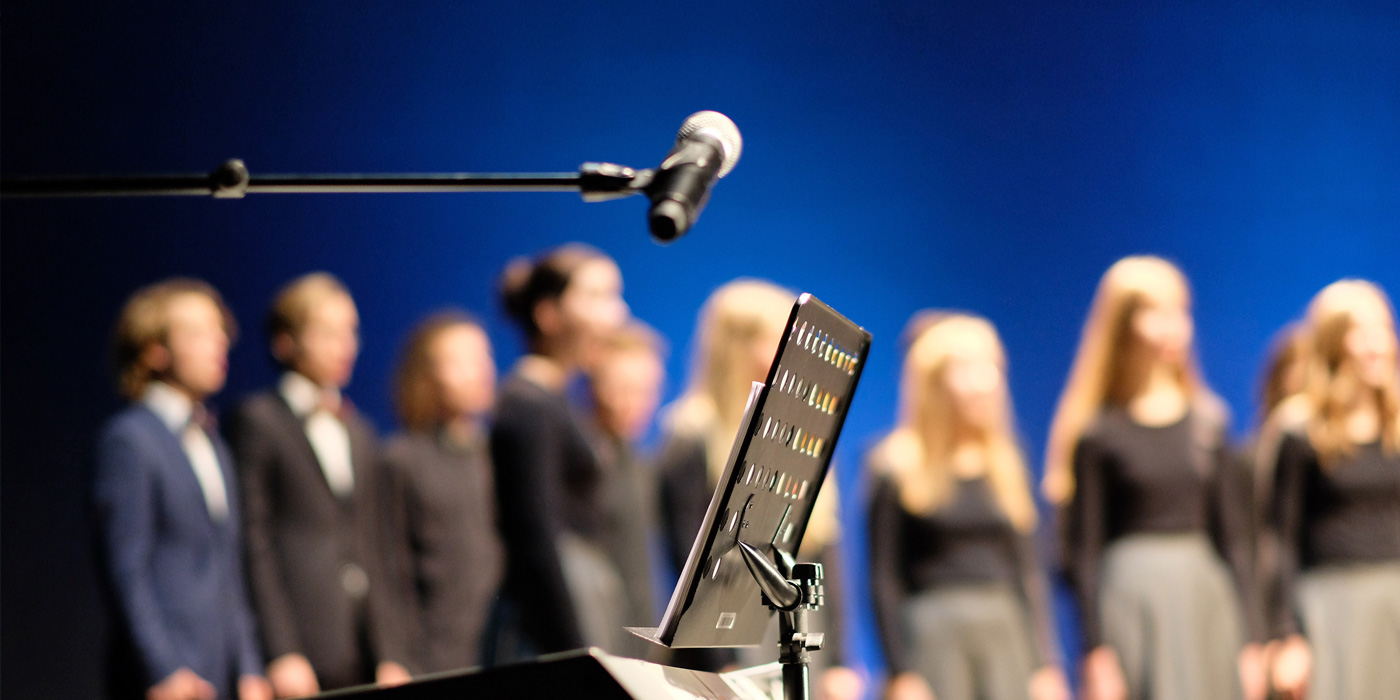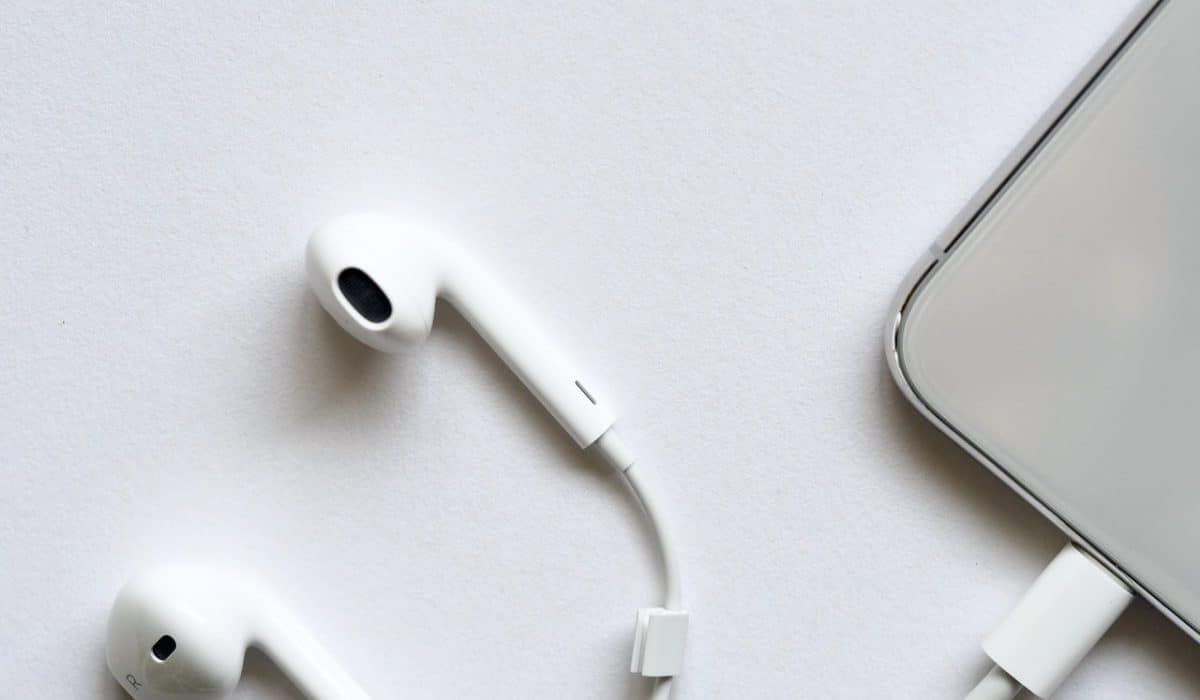Home>Devices & Equipment>Microphone>How To Use Microphone And Speakers
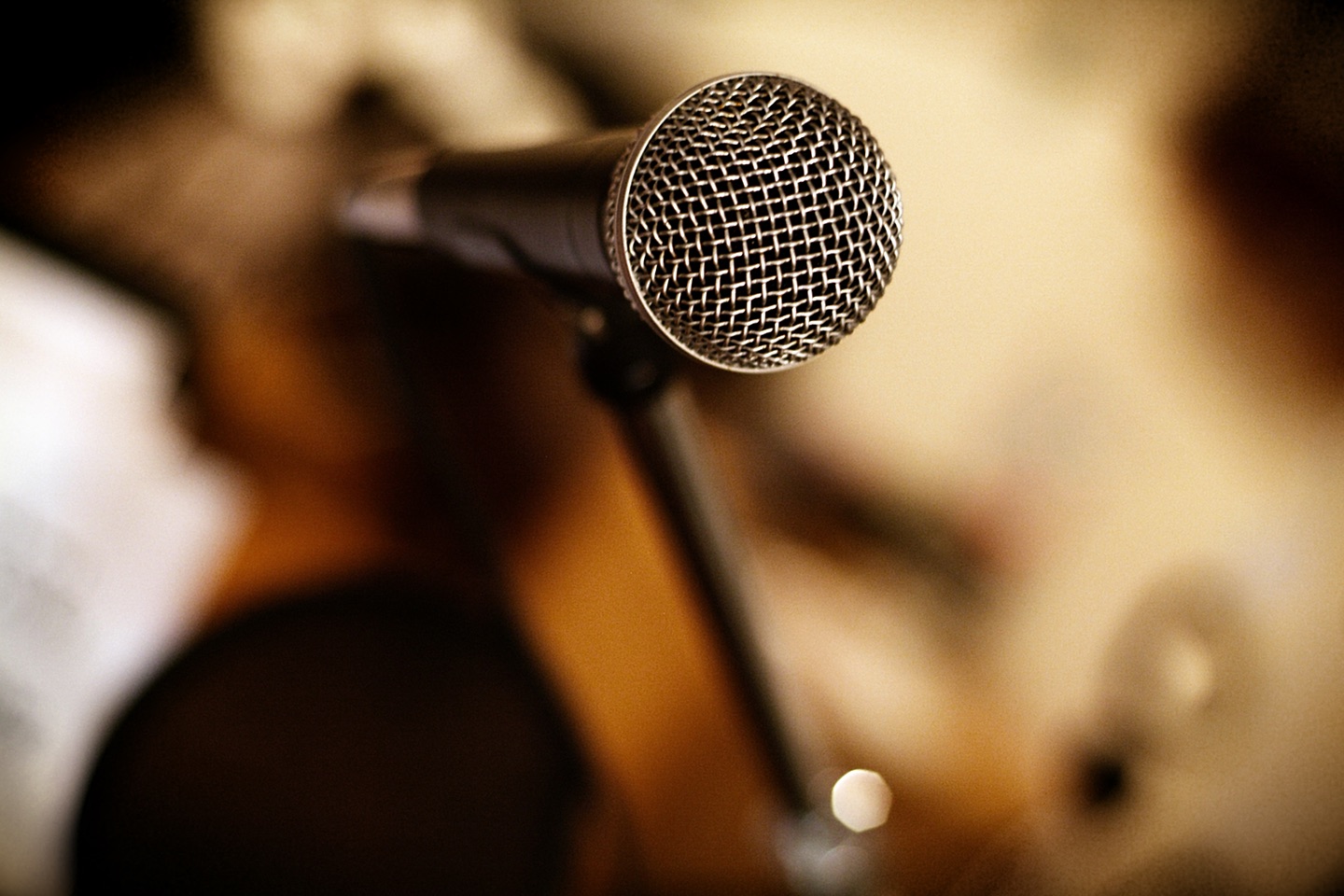

Microphone
How To Use Microphone And Speakers
Modified: March 12, 2024
Learn how to use a microphone and speakers effectively with our comprehensive guide. Enhance your audio setup and improve sound quality today!
(Many of the links in this article redirect to a specific reviewed product. Your purchase of these products through affiliate links helps to generate commission for AudioLover.com, at no extra cost. Learn more)
Table of Contents
Introduction
Welcome to the fascinating world of microphones and speakers! Whether you're a seasoned audio professional or a newcomer to the realm of sound technology, understanding how to use microphones and speakers effectively is essential for delivering high-quality audio experiences. From capturing the nuances of a live performance to ensuring crystal-clear sound reproduction in a conference room, the proper utilization of microphones and speakers is pivotal in various settings.
In this comprehensive guide, we'll delve into the intricacies of using microphones and speakers, covering everything from their fundamental functions to the practical aspects of setting them up and optimizing their performance. By the end of this journey, you'll have a solid grasp of how to harness the power of these audio tools to elevate your sound experiences.
So, whether you're preparing for a live event, setting up a home recording studio, or simply aiming to enhance your audio-visual presentations, this guide is tailored to equip you with the knowledge and skills needed to make the most of microphones and speakers. Let's embark on this sonic adventure together and unlock the potential of these indispensable audio devices.
Understanding Microphones and Speakers
Before delving into the practical aspects of using microphones and speakers, it’s essential to grasp the fundamental principles behind these audio devices. Microphones serve as the primary tools for capturing sound, converting acoustic energy into electrical signals that can be amplified, recorded, or transmitted. They come in various types, including dynamic, condenser, and ribbon microphones, each offering distinct characteristics suited for specific applications.
On the other hand, speakers, also known as loudspeakers, play a pivotal role in the reproduction of sound. They work in the opposite manner of microphones, converting electrical signals into acoustic energy, which is then propagated as audible sound waves. Understanding the components of speakers, such as drivers, enclosures, and crossovers, is crucial for optimizing their performance and achieving high-quality audio output.
Furthermore, comprehending the directional properties of microphones, such as cardioid, omnidirectional, and bi-directional patterns, is essential for capturing sound sources with precision and minimizing unwanted noise. Similarly, understanding the dispersion characteristics of speakers helps in positioning them effectively to achieve optimal sound coverage within a given space.
By understanding the core functionalities and characteristics of microphones and speakers, you’ll be better equipped to utilize them effectively in various audio applications. Whether you’re aiming to capture a vocalist’s performance with clarity or deliver immersive sound reinforcement in a large venue, a solid understanding of these foundational concepts is key to achieving exceptional audio results.
Setting Up Microphones and Speakers
Properly setting up microphones and speakers is essential for ensuring optimal sound capture and reproduction. When preparing to use microphones, it’s crucial to consider factors such as the type of microphone being used, the sound source to be captured, and the acoustic environment in which the recording or amplification will take place. For instance, dynamic microphones are often preferred for live performances due to their durability and ability to handle high sound pressure levels, while condenser microphones are commonly used in studio recording settings for their sensitivity and extended frequency response.
When positioning microphones, it’s important to consider the microphone’s polar pattern and the desired sound source. For instance, a cardioid microphone is ideal for isolating sound from the front while minimizing rear and side noise, making it suitable for capturing a single vocalist or instrument in a live or studio setting. Understanding microphone placement techniques, such as close miking or distant miking, is crucial for achieving the desired sound capture and minimizing unwanted ambient noise.
Similarly, setting up speakers involves considerations such as speaker placement, room acoustics, and speaker configuration. Whether arranging speakers for a live sound reinforcement system or setting up a stereo pair for a home listening environment, factors like speaker positioning, angle of dispersion, and room resonance play a significant role in the overall sound quality and coverage. Additionally, understanding the concept of speaker impedance and power handling capacity is essential for matching speakers with compatible amplifiers to avoid impedance mismatch and ensure efficient power delivery.
By adhering to best practices in microphone and speaker setup, you can create an environment conducive to optimal sound capture and reproduction, whether for live performances, recording sessions, public address systems, or home audio setups. Attention to detail in the setup process can significantly impact the overall sonic experience, elevating the quality of sound for both performers and listeners alike.
Adjusting Microphone and Speaker Settings
Once microphones and speakers are set up, the next crucial step is to fine-tune their settings to achieve the desired audio performance. For microphones, adjusting settings often involves optimizing gain levels, applying appropriate filters, and implementing sound reinforcement techniques to enhance the captured audio. In live sound applications, setting the microphone gain at an optimal level is essential for achieving a balanced signal without introducing excessive noise or distortion. Additionally, utilizing high-pass filters to attenuate low-frequency rumble and implementing equalization to tailor the frequency response can further refine the microphone’s output to suit the specific sound source and venue acoustics.
When it comes to speakers, adjusting settings encompasses tasks such as configuring crossover points, applying equalization, and managing volume levels to achieve balanced and immersive sound reproduction. Understanding the concept of speaker crossover networks and their role in directing specific frequency ranges to dedicated drivers is crucial for fine-tuning the speaker’s tonal balance and ensuring seamless integration between different driver units. Moreover, applying equalization to compensate for room acoustics and speaker response characteristics can significantly improve the overall sonic clarity and fidelity.
For both microphones and speakers, it’s important to consider the impact of feedback and room resonance on the audio output. Implementing feedback suppression techniques, such as notch filtering and strategic microphone placement, is essential for preventing disruptive feedback loops in live sound environments. Similarly, addressing room resonance through acoustic treatment and speaker positioning can mitigate unwanted reflections and standing waves, resulting in a more controlled and balanced sound field.
By adeptly adjusting microphone and speaker settings, you can tailor the audio output to suit the specific requirements of the performance or listening environment, ultimately enhancing the overall sonic experience for both performers and audiences. Whether delivering a captivating live sound reinforcement experience or fine-tuning a studio recording setup, meticulous attention to microphone and speaker settings can yield remarkable improvements in audio quality and clarity.
Troubleshooting Common Issues
While using microphones and speakers, encountering technical challenges is not uncommon. Understanding how to troubleshoot common issues is essential for swiftly addressing problems and ensuring uninterrupted audio functionality. When dealing with microphones, issues such as low signal levels, excessive noise, or intermittent connectivity can arise. In such cases, checking the integrity of cables, connectors, and microphone components is crucial for identifying and rectifying potential sources of malfunction. Additionally, verifying the compatibility of microphones with audio interfaces or mixing consoles can help resolve impedance mismatch issues and ensure seamless signal flow.
Similarly, troubleshooting speaker-related issues, including distorted sound, uneven frequency response, or intermittent operation, requires a systematic approach. Verifying amplifier connections, speaker wiring, and signal sources is essential for isolating potential causes of sound degradation or operational irregularities. Furthermore, inspecting speaker components such as drivers, crossovers, and enclosures can help identify and address physical defects that may impact sound quality.
Addressing common issues related to microphone feedback and speaker resonance necessitates a thorough understanding of acoustic principles and sound reinforcement techniques. Implementing feedback suppression methods, such as adjusting microphone placement and utilizing notch filtering, can effectively mitigate feedback issues in live sound environments. Similarly, addressing room resonance through acoustic treatment and strategic speaker positioning can minimize undesirable coloration and improve overall sound clarity.
By familiarizing oneself with common troubleshooting techniques for microphones and speakers, audio professionals and enthusiasts can swiftly overcome technical hurdles and maintain optimal audio performance. Whether in a live performance setting, recording studio, or home audio environment, the ability to troubleshoot and resolve common issues ensures a seamless and enjoyable audio experience for both creators and listeners.
Conclusion
As we conclude our exploration of using microphones and speakers, it’s evident that these audio tools play a pivotal role in shaping our sonic experiences across various domains. From live performances and studio recordings to public address systems and home audio setups, the effective utilization of microphones and speakers is essential for delivering captivating soundscapes and engaging auditory experiences.
By understanding the fundamental principles of microphones and speakers, including their diverse types, directional characteristics, and sound reproduction mechanisms, individuals can harness the full potential of these audio devices to capture, amplify, and reproduce sound with precision and clarity. Moreover, adhering to best practices in setting up microphones and speakers, fine-tuning their settings, and troubleshooting common issues empowers users to overcome technical challenges and maintain optimal audio performance.
Whether you’re a sound engineer striving to achieve pristine audio quality in a professional setting, a musician aiming to capture your artistic expression with fidelity, or an audio enthusiast seeking to create an immersive home listening environment, the knowledge and skills acquired in this guide are invaluable for elevating your audio endeavors.
As technology continues to evolve, the landscape of microphones and speakers is constantly advancing, offering innovative features and capabilities that further enhance our ability to capture and reproduce sound. Embracing these advancements while staying rooted in the foundational principles of audio technology will undoubtedly pave the way for groundbreaking sonic experiences in the future.
In closing, the journey of using microphones and speakers is a dynamic and enriching pursuit, where the seamless integration of art and science converges to create captivating auditory landscapes. As you embark on your audio ventures, may the knowledge gleaned from this guide serve as a steadfast companion, empowering you to craft immersive soundscapes and elevate the sonic experiences of those who encounter your creations.

